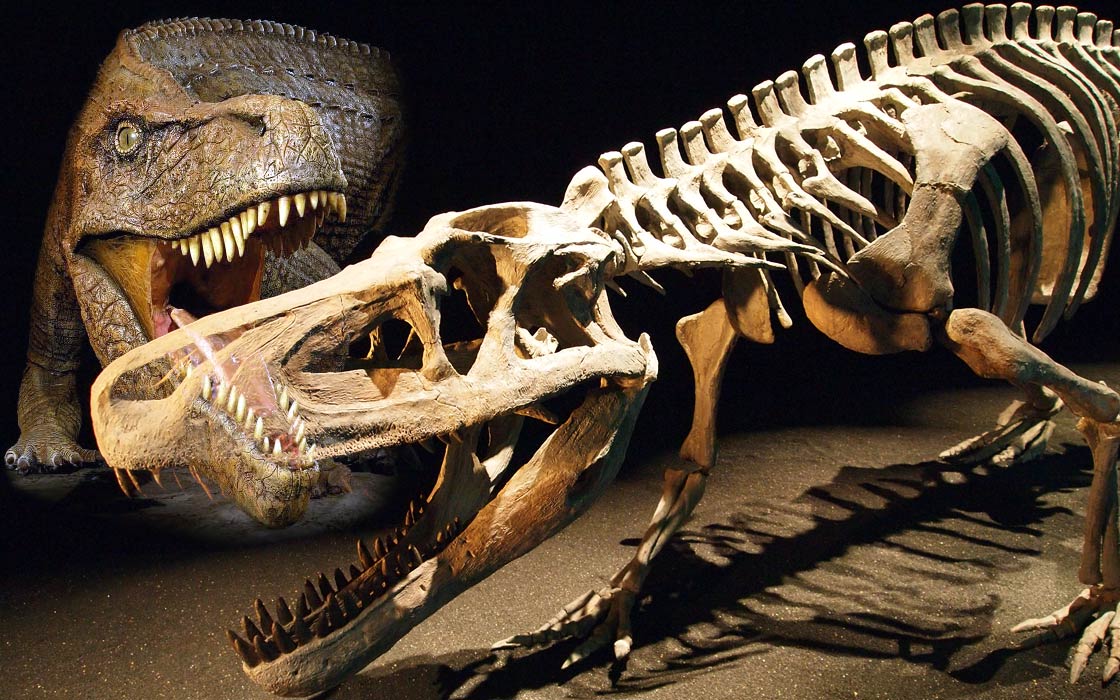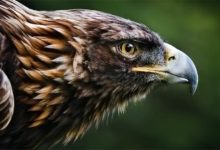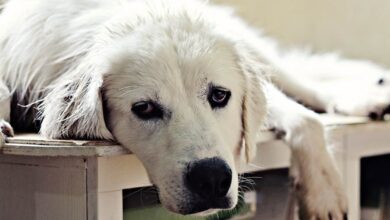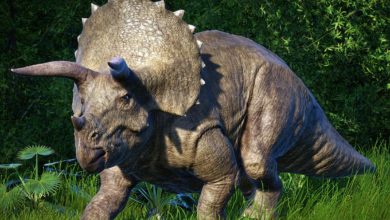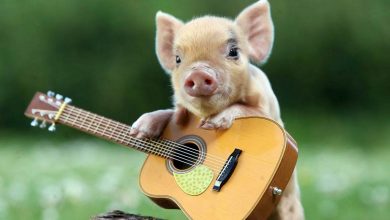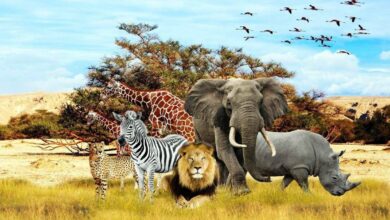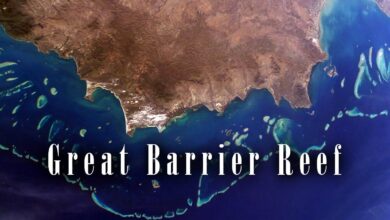Saurosuchus – a “lizard crocodile”
Saurosuchus
Contemporary crocodiles are clearly clumsy on land because their limbs are arranged along the sides of the body. Many millions of years ago, the Saurosuchus moved completely differently, it is hard to believe that a reptile could walk like… a dog. Today we go back in time as much as 235 million years – to the beautiful Triassic, when dinosaurs did not rule our planet yet…
Classification
- Kingdom: Animalia
- Phylum: Chordata
- Class: Reptilia
- Clade: Paracrocodylomorpha
- Clade: Loricata
- Family: †Prestosuchidae
- Genus: †Saurosuchus
- Species: †Saurosuchus galilei

Dating and occurrence
Its home was the territory of today’s Argentina (San Juan Province) in the Late Triassic, 235 – 228 million years ago (Carnian). The Saurosuchus bones were found in the Ischigualasto geological formation, indicating that the reptile lived in floodplains where rivers were dominant and rainfall was seasonal. The entire area was volcanically active. Fossilized tree trunks, up to 40 m (131 ft) high, testify to the rich vegetation. Apart from trees, remains of ferns and horsetails were found there.
Characteristic
As it is known only from fragmentary finds, little is known about its appearance. It was certainly large, and the key to any conclusions was the skull found, which – apart from its size – has several features that indicate a predatory disposition: at the back, it is wider than at the face, which allowed for the attachment of strong jaw muscles.
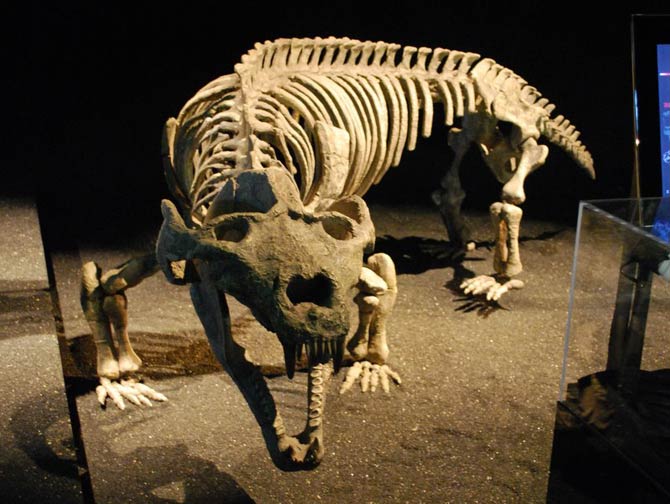
Eyes
In addition, the positioning of the eye sockets indicates that the eyes were directed forward, which helped the animal see depth, estimate the distance from the prey, and bring out accurate deadly bites (as a reminder – few predatory dinosaurs had stereoscopic viewing – see Tyrannosaurus).
Teeth
Saurosuchus had large, curved and serrated teeth that grew throughout his life, as it was not difficult for it to have cavities in his dentition – attacks on large animals and fights with other animals effectively contributed to this.
The process of regrowing lost teeth takes place in modern crocodiles, but was also the domain of dinosaurs. How we envy them 🙂
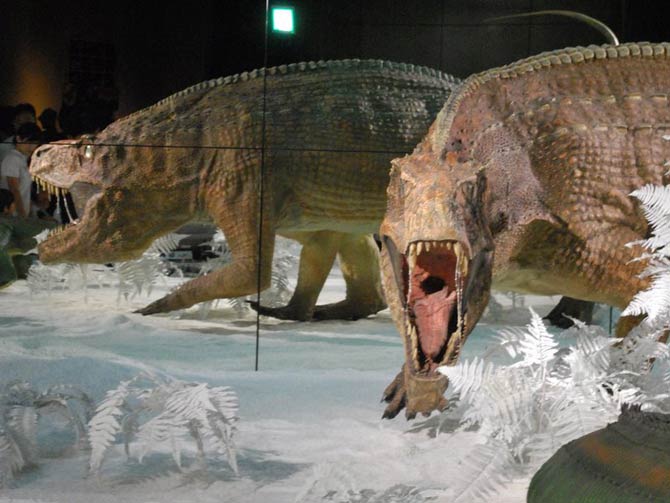
The size and the way it moved
Because of poor discoveries, it was estimated that the animal was 6 – 9 m (20 – 30 ft) long. Like the rest of the Prestosuchidae members, the Saurosuchus also moved on 4 straight legs supporting a large and heavy body. Compared to two-legged reptiles, it was not very fast, but certainly faster than its relatives, such as the Prestosuchus or the Rauisuchus archosaur.
It belonged to the animals a bit more active and developed, although we cannot say that it was a good runner.
Appearance
The torso was probably close to the ground, as evidenced by osteoderms on the back. Despite this, it was able to climb onto the second individual, if it invaded its territory. It is possible that the armor on the back was designed to protect the spine from such attacks, and this would prevent the weak or more submissive animal from dying.
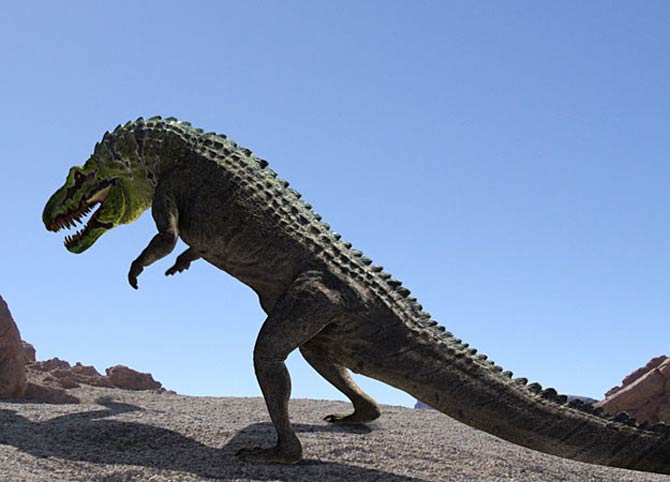
The dominant predator?
Being one of the largest representatives of its family, the Saurosuchus could have been the main predator at that time, and also an observer of the growth of early dinosaurs, such as the Eoraptor or Herrerasaurus.
Even if it wanted to hunt one of these theropods, it would be a big challenge for it due to its crookedness and slow movement, which made it far behind the energetic, fast, two-legged dinosaurs.
Diet
Since he could not hunt a fast animal, he had to “switch” to slower prey. One of the common prey of the Saurusosaurus was the Hyperodapedon.
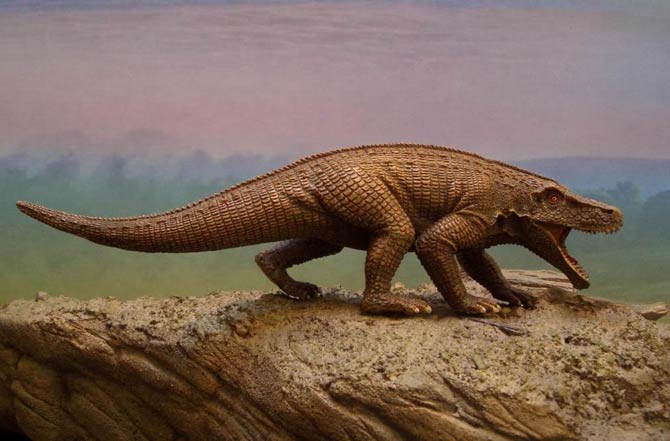
How did it hunt?
Hunting strategies could be very diverse, depending on the type of potential prey. It killed small animals by breaking all bones with its strong teeth placed in a strong jaw, it bit a large victim many times to weaken it and lead to bleeding (in fact, just like today’s politicians… little has changed in this world in 235 million years 😉 – forgive the digression).
The back of the skull, to which the large maxillary muscles were attached, suggests that the Saurosuchus held the larger victim and struggled with it, until it exhausted the victim.
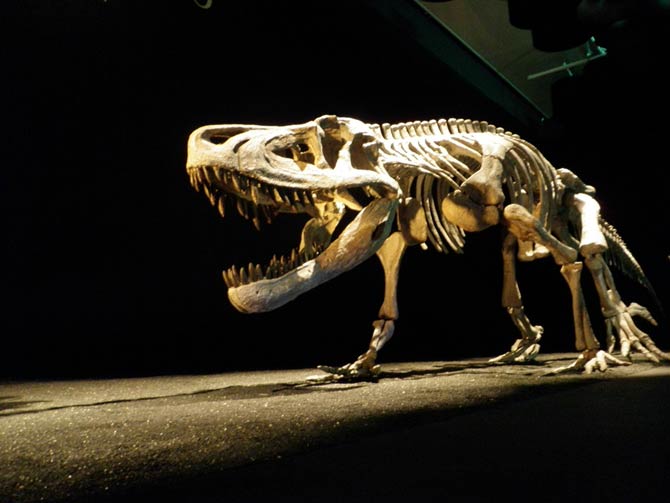
Discovery
Saurosuchus is known from several incomplete skeletons collected in Ischigualasto formation. The description is based on a complete but deformed skull, cervical vertebrae, dorsal osteoderms and a fragment of the pelvic bone.
The hind limbs, tail, cervical vertebrae, and shoulder blades are also preserved in other skeletons. The species Saurosuchus galilei was classified in 1959, and in 2002, several single teeth and small fragments of the skull were discovered in Arizona (USA), in the Chinle rock formation, which were initially attributed to Saurosuchus, but the theory was questioned after later analyzes suggesting that scientists were dealing with an undefined species of Rauisuch.
Saurosuchus vs Sarcosuchus
Please do not confuse the Saurosuchus with the Sarcosuchus 🙂 Although the names are similar in sound, both reptiles are more than 100 million years apart, they also appeared on different continents. Each of them belongs to a different family.
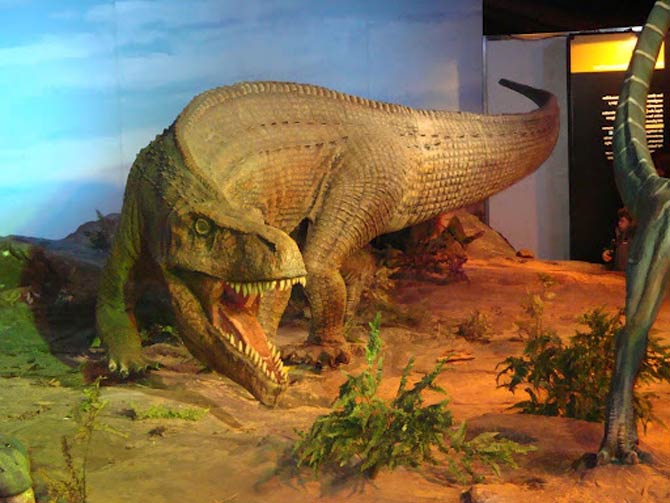
Detailed data and dimensions (size)
Saurosuchus
- Dimensions
- Length: 6 – 9 m (20 – 30 ft)
- Weight: 1 – 2 tons (2,200 – 4,400 lb)
- Occurrence
- South America, the territory of today’s Argentina, the province of San Juan
- Dating: 235 – 228 million years ago / 231.4 ± 0.3 Ma – 225.9 ± 0.9 million years ago
- Period: Late Triassic
- Age: Carnian

Saurosuchus – interesting facts
- The name Saurosuchus sounds original, but it is not entirely correct. Translating from Greek, it means “the crocodile lizard” / “lizard crocodile”, which is a kind of “butter butter”, because crocodiles are related to lizards. Moreover, the Saurosuchus wasn’t even a real crocodile, and an archosaur from the order of the Rauisuchia, but “crocodile” is easier and faster to pronounce.
- Despite its impressive size, Saurosuchus could have been the second-largest known Rauisuchians. The archosaur known as Fasolasuchus was larger, and its length was estimated to be between 8 and 10 meters.
- The Argentine Ischigualasto Geological Formation is the only place in the world where almost all Triassic finds are in an undisturbed sequence of rock sediments.
- The dry badlands in the Ischigualasto Formation are called Valle de la Luna – the Moon Valley – because of their unearthly appearance.
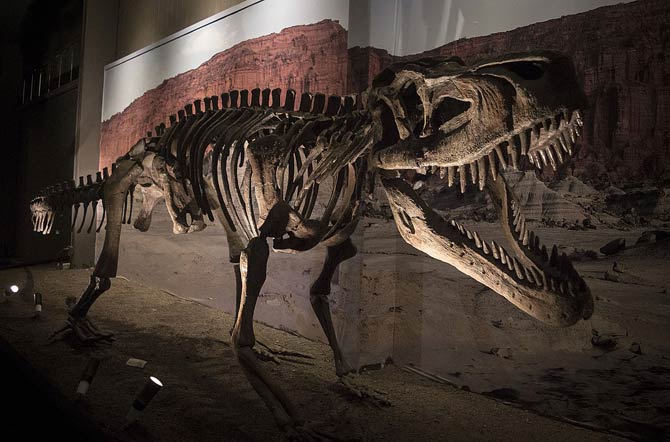
Recommended
- Mass extinctions of species – the „Big Five”
- History of animals and plants extinction
- Extinction of dinosaurs. Why are they extinct?
- The longest dinosaurs. Sauropods Top 10
- The heaviest dinosaurs – Top 10
- The longest predatory dinosaurs. Theropods Top 10
- The heaviest predatory dinosaurs Top 10
- The longest Ornithischians (Ornithischia) TOP 10
- The heaviest Ornithischians Top 10
- The largest raptors (dromaeosaurs) Top 10
- The heaviest Dromaeosaurids / dromaeosaurs – Top 10
- The longest Ankylosaurus Top 10
- The heaviest Ankylosaurus Top 10
- The longest ceratopsians
- The heaviest ceratopsians
- The longest and largest ornithopods
- The heaviest ornithopods Top 10
- The longest Stegosaurians (Stegosauria) TOP 10
- The heaviest Stegosaurians (Stegosauria) Top 10
- The smallest sauropods Top 10
- The smallest dinosaurs Top 10
- The largest pterosaurs Top 10
- Dinosaurs
- Dinosaurs database
- Predatory dinosaurs
- Animals & dinosaurs records
- The fastest animals – Top 100
- The fastest birds – Top 10

